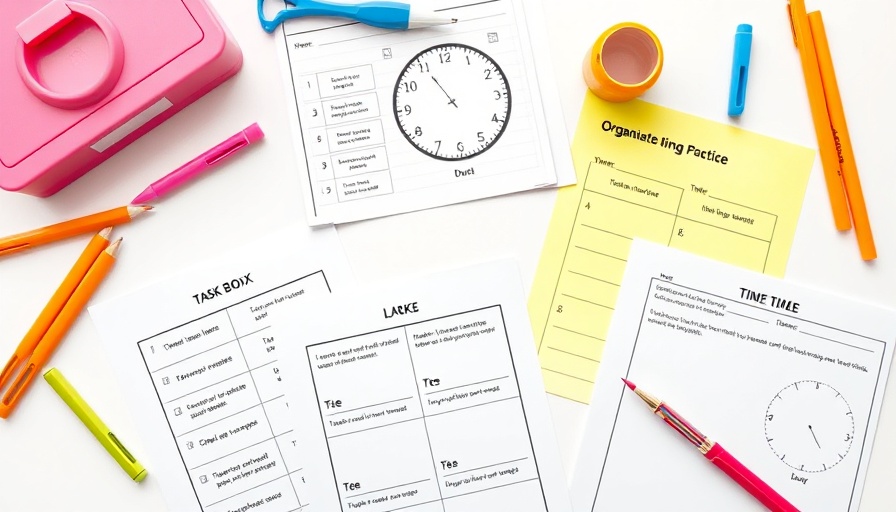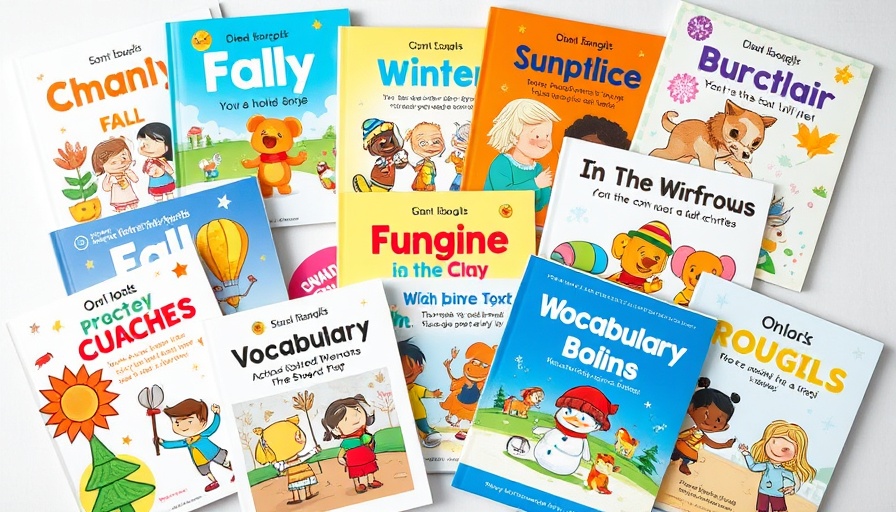
Mastering Time: Essential Activities for Learning to Tell Time
Telling time is a fundamental skill that not only plays a critical role in everyday life but also enhances a student's ability to manage their time effectively as they grow. In today's fast-paced world, understanding how to read both analog and digital clocks is essential, yet many students face challenges in mastering this skill. Educators can bridge the gap with engaging activities that foster independence and encourage mastery. Here, I’ll introduce three task box activities that can be seamlessly integrated into classroom routines, making learning fun and effective.
1. Engaging with File Folder Task Boxes
File folder task boxes are a fantastic resource in any classroom. They are straightforward, easy to use, and require minimal preparation. Each box can include different tasks that focus on matching analog and digital clock representations, catering to varying skill levels. For instance, students can start with whole hours before progressing to more complex tasks like matching clocks to 5-minute intervals. This gradual progression is crucial because it helps support students with diverse learning needs.
Imagine a student who is just starting to learn how to tell time. With file folder activities, they can work on simple tasks, laying a solid foundation that fosters confidence. Once they grasp the basics, their learning can be scaffolded. This approach adapts easily to ensure each student's individual pace, which is vital in promoting neurodiversity in the classroom.
2. The Value of Task Cards in Telling Time Practice
Task cards add a dynamic element to the classroom, turning learning into a hands-on experience. These cards can cover a variety of telling time tasks, allowing teachers to choose based on their students’ mastery level. Preparation is easy—simply print, laminate, and they’re ready for use!
They offer opportunities for independent practice and can be used in small groups or one-on-one settings. As students engage with the cards, they reinforce their learning while having fun. This interactive approach not only enhances engagement but builds essential skills in a supportive environment—an essential aspect of teaching students with diverse learning needs.
3. Integrating Digital Tools for Modern Learning
In today’s digital age, integrating technology can elevate the learning experience significantly. Online games and apps that focus on telling time can be excellent supplements to traditional methods. For instance, apps that feature clock-telling games encourage practice through play, allowing students to interact in a modern way while mastering time-telling skills.
This integration highlights the importance of adapting teaching methods to fit a digitally-savvy generation. By blending physical task boxes with digital tools, educators can create a comprehensive experience that prepares students for the future while fostering a love for learning.
Encouraging Mastery and Confidence in Life Skills
The goal of these activities is not merely to help students learn to tell time but to instill a sense of accomplishment and confidence. Each task provided through these methods allows educators to offer students practical, real-world skills that they will utilize throughout their lives. Equipping students with these skills supports their journey toward independence and success.
As we progress in our teaching methods, let’s continue to reflect on how we can support each child's unique learning journey, ensuring that they not only master telling time, but also develop a lifelong love for learning.
Take Action: Download Your Free Resource
If you're ready to enhance your teaching toolbox, I recommend downloading the free telling time practice resource linked in the article. It’s designed to complement your task box activities and provide additional support for your students. Each step you take in adapting your instructional strategies could make a significant difference in someone’s learning journey.
 Add Row
Add Row  Add
Add 




Write A Comment